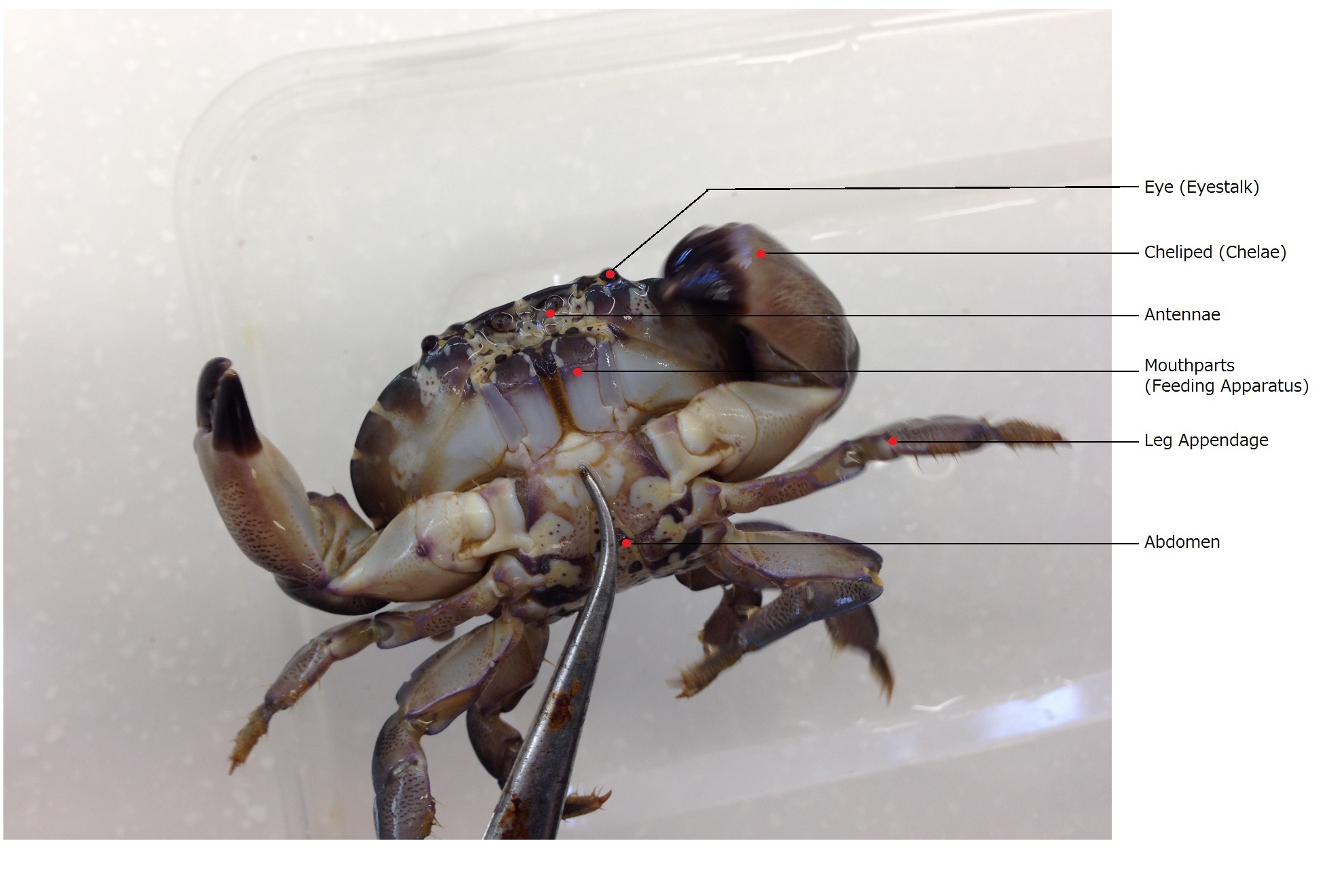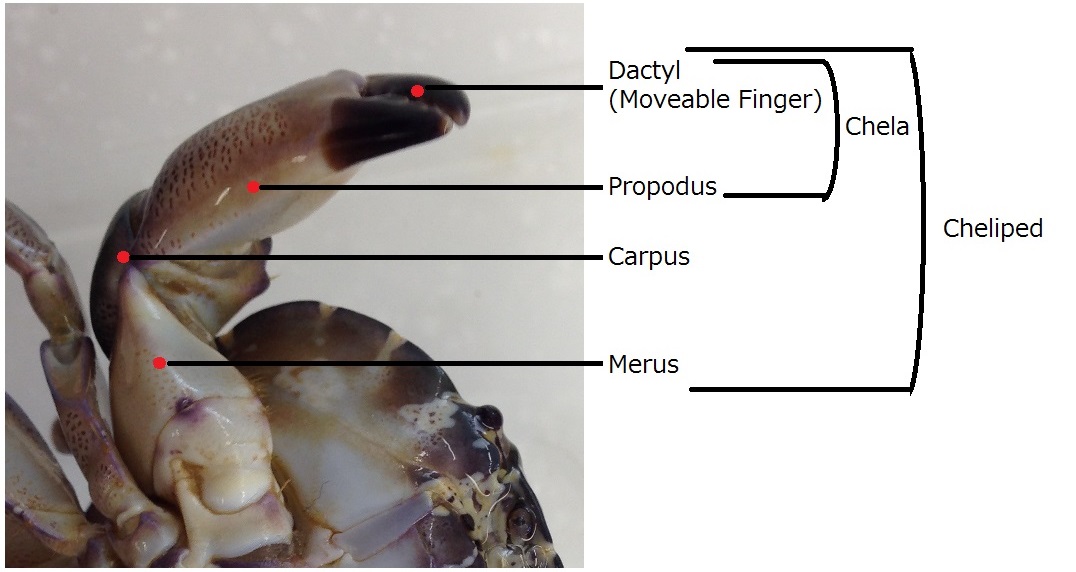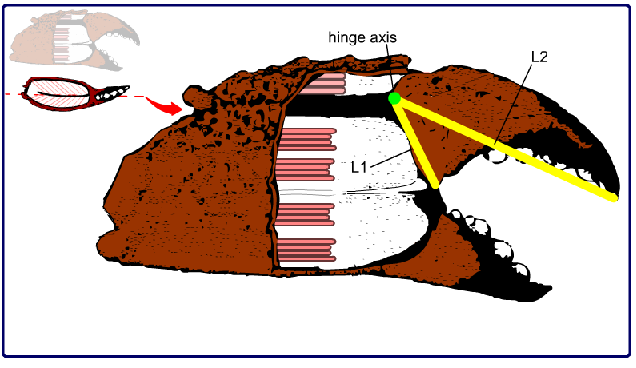Physical Description
The floral egg crab has an oval rounded carapace that ranges in colour from black to brown, growing to up to 10cm in length. These crabs are capable of camouflage with the lacy lines that decorate their carapace. These designs on their backs are usually white or yellow that resembles a shawl, hence the other common name; shawl crab. They have thick stubby chelae and thin legs where the hindmost legs are not swimming legs, indicating that the species do not travel in large distances, but instead, walk around their local habitats. The last two segments on each leg are lined with reddish brown hair. The chelae are equal in size and are about a third in length of the carapace, with pincers that are black. The eyes are located on eyestalks as in all crustacean species, but the eyestalks on A. floridus are very short. The antennae are also short in length, and are bent outwards from the secondarily lost rostrum. The mouthparts are hidden underneath the flappy feeding appendages that is located underneath where the rostrum should be. A labelled specimen can be seen in figures 2 and 3.

Figure 2. The labelled ventral side of the crab Atergatis floridus.

Figure 3. A largerview of the labelled parts of the cheliped of Atergatis floridus.
The smooth oval carapace of Atergatis floridus had been confused with the now known Atergatis ocyroe, which were once thought to be the same species. These species were shown independent from each other by Ng and Davie when specimens from all around the world were compared. The comparison was done with the patterns on the carapace, and showed that the A.ocyroe carapace had a distinct blotchy spot lined with a white line, and the abdomen and appendages were covered with spots (Ng and Davie, 2007). This research demonstrated that the similar species were, in fact very distinctive in where they occur; A. ocyroe in the West Indian Ocean and Andaman Sea, whereas A.floridus in the Indo-Pacific ranging from Southeast Asia (excluding Phuket, Thailand) to Australia (Ng and Davie, 2007).
The claw form and functions vary for different Crustacean species, figure 4 shows the force movement of the hinges on the claw musculature and structure for the claw type of Atergatis floridus.

Figure 4. A cartoon image of the musculature of the claw type resembling Atergatis floridus.
Image retrieved from (Kroening,2000).
The origin of figure 4 demonstrates movement and structure for different types of claws including labelling; can be accessed via
http://www.biology.ualberta.ca/facilities/multimedia/uploads/zoology/CrabClaw.swf.
|